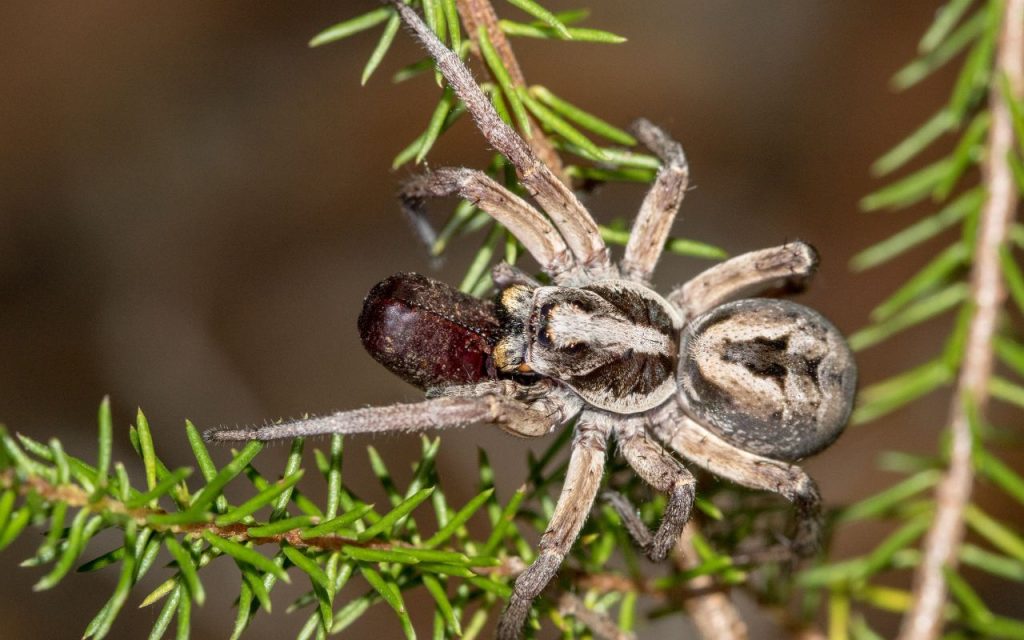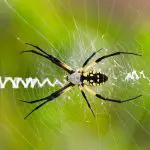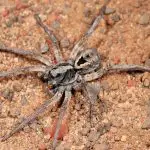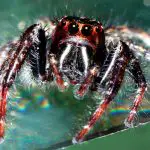Wolf spiders are a common type of spider found in many parts of the world, including North America, Europe, and Australia. While they are not generally aggressive towards humans, wolf spiders can bite if they feel threatened or provoked. In this article, we’ll explore the symptoms, treatment, and prevention of wolf spider bites.
My experience with a Wolf Spider bite
So before we get into the details of what the bites from these spiders are generally like, I thought I’d let you know what happened when one bit me. I’d also like to give you a few words of warning…
Years ago I bit by a Wolf Spider because I wasn’t gentle enough picking it up. If you handle spiders often enough, then this is a strong possibility. My symptoms were mild, and I’d have to say it wasn’t as painful as a bee sting. In fact, it wore off quite quickly.
However, any bite should be taken seriously! Everyone reacts differently to bug bites, and the possibility of a strong allergic reaction is very real. Keep reading for the symptoms of Wolf Spider bites and how to treat them – but if you experience swelling around the face and/or difficulty breathing after any kind of bite, then your first reaction should be to call the emergency services.
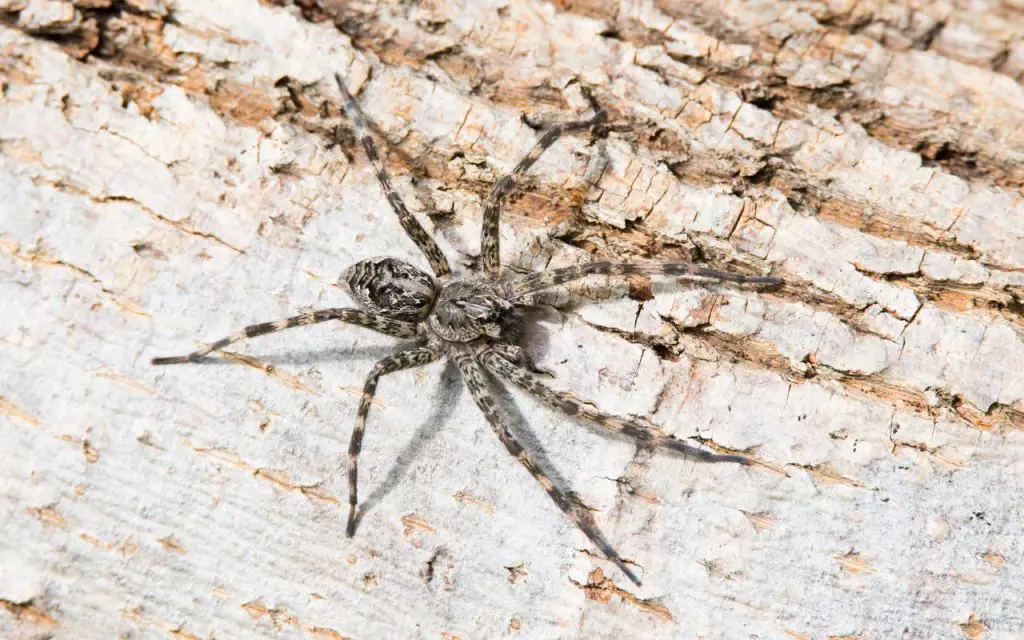
Symptoms of Wolf Spider Bites
When a wolf spider bites, it injects venom into the skin that can cause a variety of symptoms. The severity of the symptoms can vary depending on the person and the amount of venom injected. Some common symptoms of wolf spider bites include:
- Pain – the bite can be painful, with a sharp or burning sensation.
- Swelling – the area around the bite may become red, swollen, and itchy.
- Itching – some people may experience itching or a tingling sensation around the bite.
- Headache – in rare cases, a wolf spider bite may cause a headache, nausea, or vomiting.
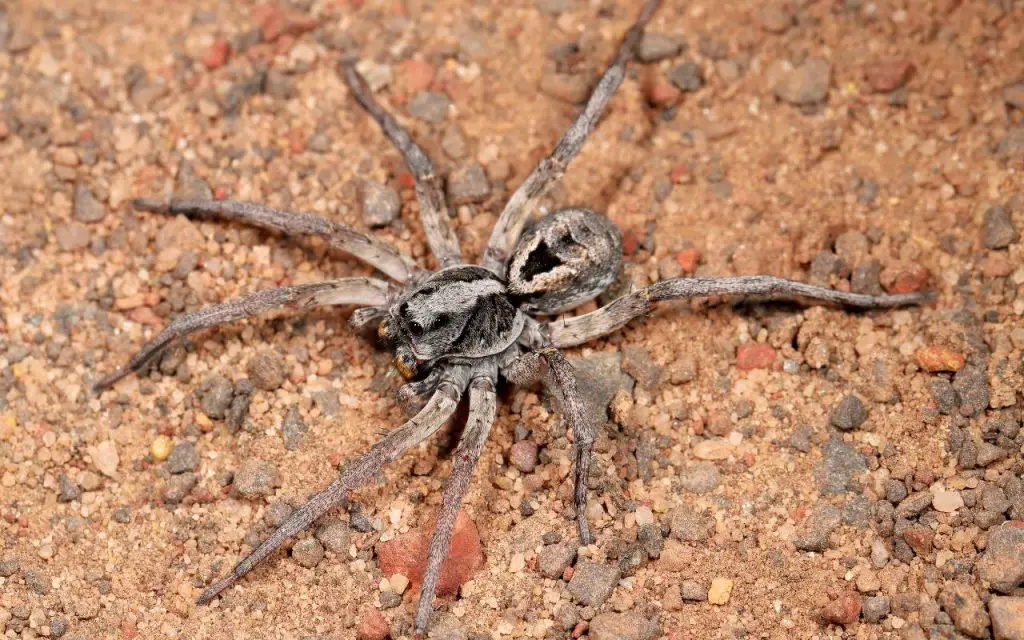
Treatment for Wolf Spider Bites
Most wolf spider bites are not serious and can be treated at home. If you are bitten by a wolf spider, here are some steps you can take:
- Wash the affected area with soap and water.
- Apply a cold compress or ice pack to reduce swelling and pain.
- Elevate the affected area to reduce swelling.
- Take over-the-counter pain relievers, such as ibuprofen or acetaminophen, if necessary.
- If the bite becomes infected or you experience severe symptoms, seek medical attention immediately.
Prevention of Wolf Spider Bites
Preventing wolf spider bites is the best way to avoid the discomfort and potential health risks associated with them. Here are some tips to help prevent wolf spider bites:
- Wear protective clothing, such as long pants and sleeves, when spending time outdoors in areas where wolf spiders are common.
- Use insect repellent that contains DEET or picaridin to keep spiders and other insects away.
- Keep your home clean and clutter-free to reduce the number of hiding places for spiders.
- Seal any cracks or gaps around doors and windows to prevent spiders from entering your home.
- Shake out your shoes and clothing before putting them on to make sure there are no spiders inside.
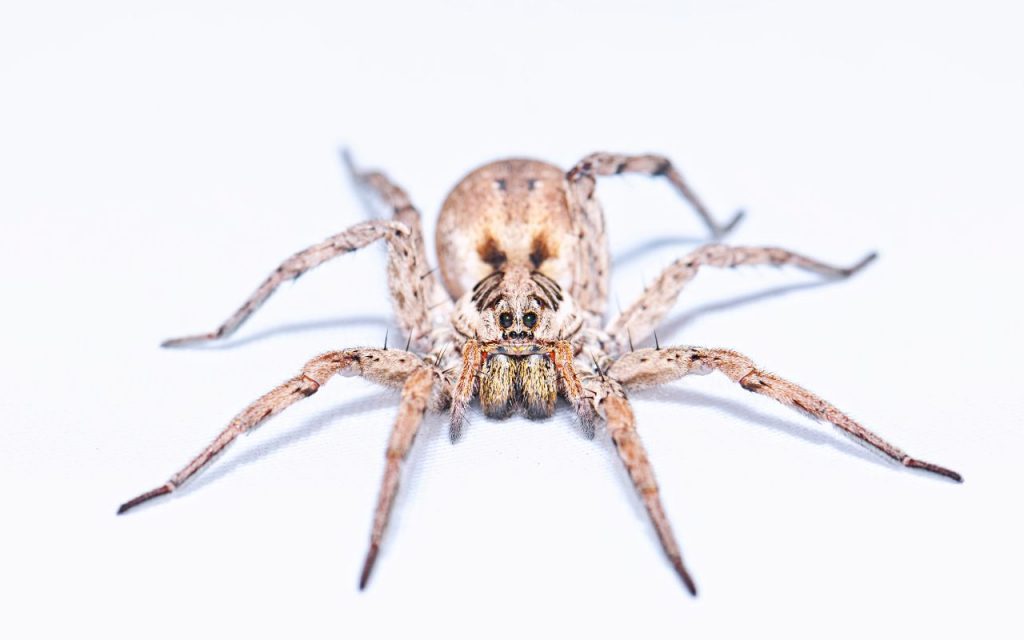
Final thoughts
in my experience, these spiders are very reluctant to bite. The only reason I ever got bitten myself was because I handled one without the care it deserved. This was obviously my fault – not the spider’s!
For most of us, Wolf Spiders are harmless denizens of our yards and gardens, that play a vital role in controlling pest species like grasshoppers and leaf hoppers. Their venom has low toxicity, and is generally not a threat.
While wolf spider bites can be painful and uncomfortable, they are usually not serious and can be treated at home. By taking steps to prevent spider bites, you can reduce your risk of being bitten by a wolf spider or any other type of spider.
If you do get bitten, be sure to monitor your symptoms for 24hours. In most cases, they will have disappeared long before that amount of time though.
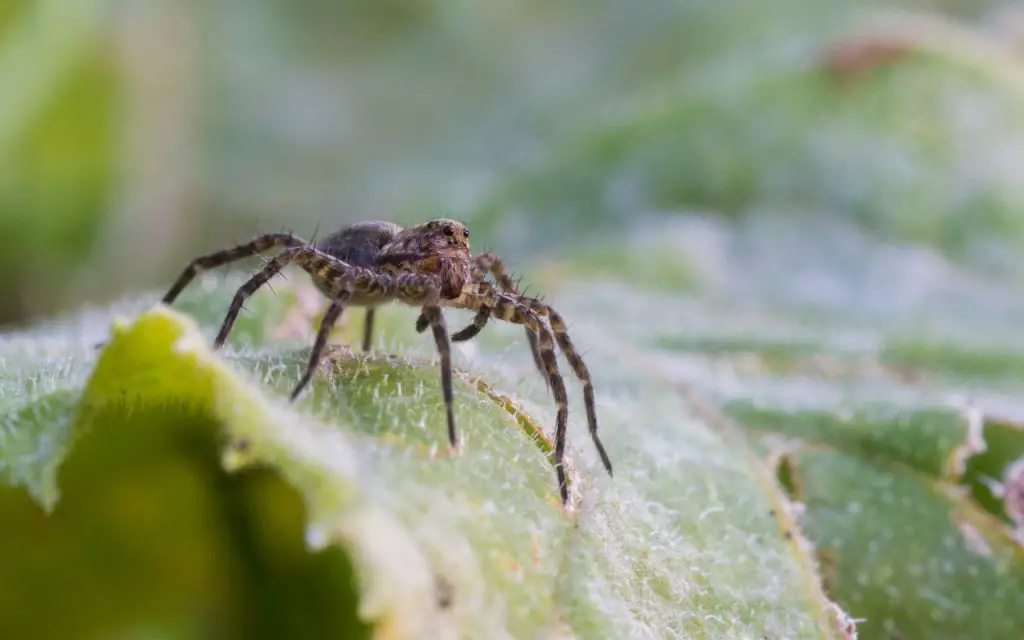
What does a wolf spider bite look like on a human?
A wolf spider bite can look like a red, swollen bump similar to a mosquito bite. The area around the bite may be itchy and may also feel warm to the touch. In some cases, the bite may cause a more severe reaction, including pain, swelling, and redness. However, the appearance of a wolf spider bite can vary from person to person, and not everyone will experience the same symptoms.
How likely is a wolf spider to bite?
Wolf spiders are not generally aggressive towards humans and will only bite if they feel threatened or provoked. In most cases, they will try to escape rather than fight. However, if a wolf spider feels cornered or threatened, it may bite as a defense mechanism. The likelihood of being bitten by a wolf spider depends on a variety of factors, including the environment, the spider’s behavior, and the person’s proximity to the spider.
Why would a wolf spider bite you?
A wolf spider would bite a human if it feels threatened or provoked. Wolf spiders are not aggressive by nature and would rather avoid human contact. However, if they feel threatened or cornered, they may bite as a form of self-defense. This can happen if a person accidentally steps on or disturbs a wolf spider’s hiding place. It’s important to note that while wolf spider bites can be painful and uncomfortable, they are generally not dangerous to humans, and most bites can be treated at home.

